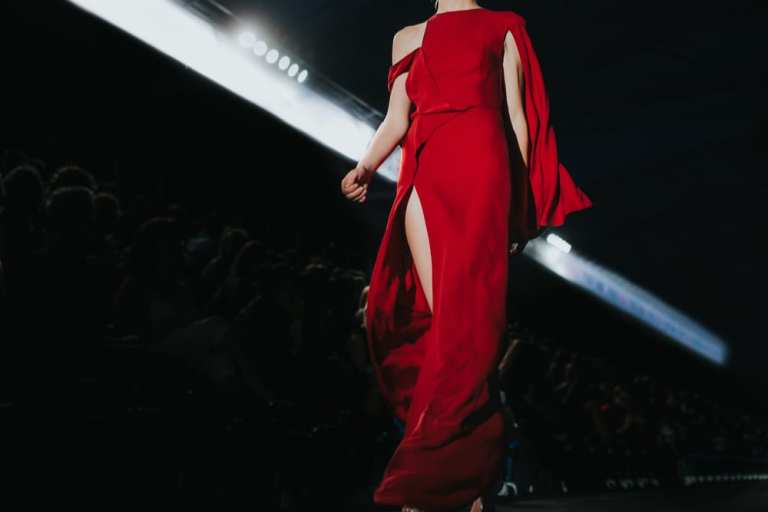Lowe’s Builds New Image At New York Fashion Week

There’s a lot that’s new and digital about New York Fashion Week. In fact everything is new from the virtual runways to the individual shows getting precedence over the more general events. Even the sponsorships are new, including home improvement retailer Lowe’s.
It might seem to be an unnatural pairing. But Lowe’s is trying to upgrade its image as a home décor brand, and it is using this year’s event to tie in with top tier designers. NYFW kicked off Friday, Sept. 11.
It will participate visually as a backdrop. As designers put their virtual shows together, they will pick shoppable goods from Lowe’s as “edits” within the virtual screen. The first group of designers will be Jason Wu, Rebecca Minkoff and Christian Siriano. After that, Lowe’s will join the designers in community projects that make “high-style design accessible to people and communities impacted by the pandemic,” according to Lowe’s.
“The intersection between home and style has never been more prevalent than it has this year, and partnering with some of the world’s most modern and visionary leaders of fashion to demonstrate how everyone can bring fashion ‘home’ is very exciting to us,” Marisa Thalberg, Lowe’s chief brand and marketing officer, said in a statement. “Our homes can be our greatest form of self-expression, in fact. We hope that seeing how these designers express themselves and bring their ultimate runway visions to life through the world of products we sell every day at Lowe’s will be inspiring to people everywhere to feel they can do the same, and more easily and affordably than they might have ever imagined.”
Lowe’s is publishing the curated items on a special NYFW microsite, all available for purchase. Each of the designers has curated a different look. For example, Wu’s items fit with his blue and white floral color schemes with rugs and kitchen items. Minkoff’s items are mostly minimalist chairs and lamps.
Lowe’s is taking advantage of the new NYFW structure — or lack thereof. According to fashion trades, designers and sponsors were forced to make different choices for clothing as well as sponsorship models this week.
“The earned media from a physical event is just so much more than any digital thing,” Minkoff told fashion trade publication Glossy. “We’ve never been able to approximate the return on a digital event that we could on an in-person one. And there’s just no point in putting in all the effort and money for something that won’t get the same level of engagement. So I’m really glad we could put something together.”
The show also reflects some of the inventory problems caused by the pandemic. According to Vogue Business, many retailers canceled orders in March and April, and then thought they could return to the fashion market where there would be cheaper and plentiful inventory.
“But the right inventory was not there,” said Gary Wassner, chief executive of Hilldun Corp., which helps brands finance shipments to stores. “Smart brands went back to their inventories and created collections out of what already existed that were more appropriate for the retailers for the time that the deliveries were being made.”
The business dynamics meant trends and seasonality were driven from the market. Both of those factors are what creates fashion events and are part of the reason the innovative approach was needed this year. Experts says seasonality in particular might be an outdated concept. “No one right now in the retail world wants to plan out their business five or six months in advance,” says Vogue. “This idea of actual seasons for clothes is out of touch.”